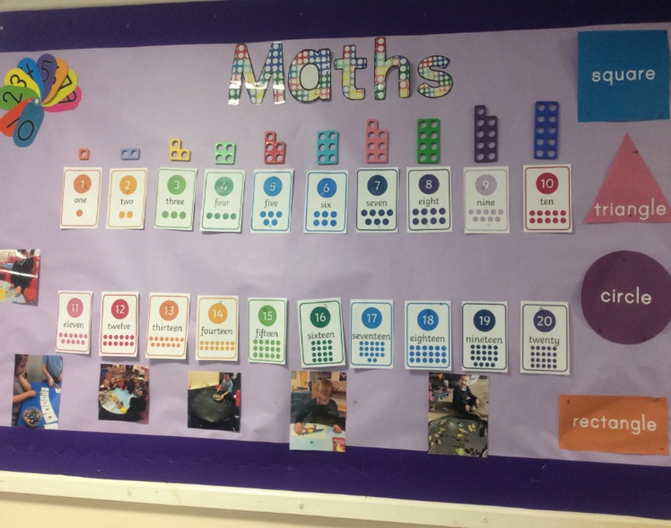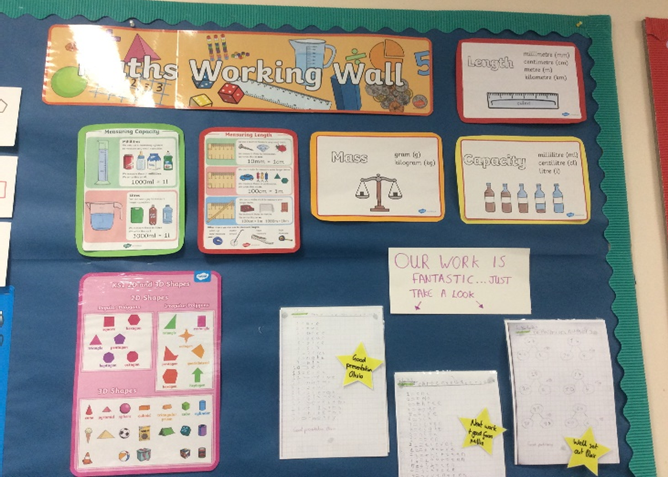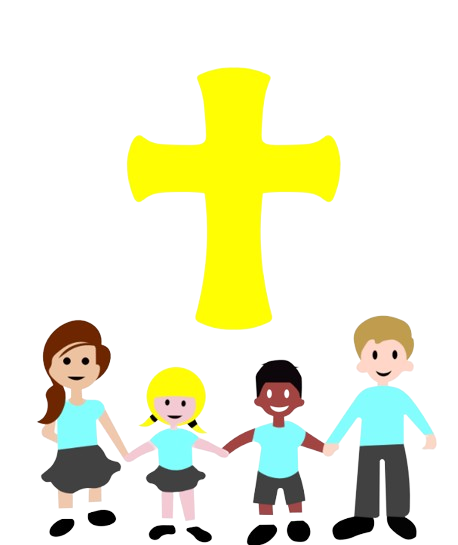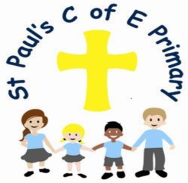What does Maths at St Paul's CE Primary look like?
|
What does Maths at St Paul’s C.E Primary School look like? Curiosity ~ Aspiration ~ Resilience ~ Excellence
|
1. The Curriculum: What do we teach, when and how?
At St Paul’s C.E Primary School, our mathematics curriculum meets the national curriculum’s statutory requirements, and is designed to meet the needs of all children at our school. Mathematics is valued as a crucial part of children’s entitlement to a broad and balanced curriculum and is planned to continually build on each child’s knowledge and skills.
At St Paul’s C.E Primary School we take a mastery approach to the teaching and learning of mathematics.
We deliver an inspiring, engaging mathematics curriculum, through high quality teaching. Mathematics in our school is about developing children’s ideas and ways of working that enable them to make sense of the world in which they live.
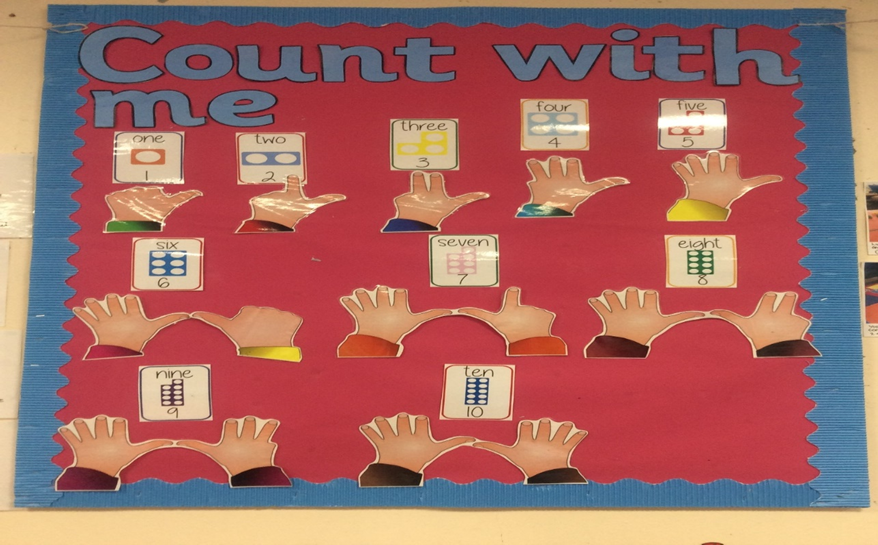
The 2014 National Curriculum for mathematics aims to ensure that all children:
- Become fluent in the fundamentals of mathematics.
- Are able to reason mathematically.
- Can solve problems by applying their mathematics.
These skills are embedded within lessons and developed consistently over time. We strive for our children to gain confidence and be numerate, creative, independent, inquisitive, enquiring and confident.
Our mathematics curriculum is carefully planned and structured to ensure progression across topics throughout each year group across the school. To ensure whole school consistency and progression, at St Paul’s C.E Primary School we use the White Rose Maths Scheme.
How much and how often?
At St Paul’s C.E Primary School, the children have a daily mathematics lesson which is normally for around an hour. In EYFS you would expect to see shorter whole-class lessons but lots of opportunities for maths learning within continual provision.
Additionally, we use ‘Fast Maths’ from Year 3 to Year 6 to ensure all children become more fluent in their timetables. We provide additional adults to support children in developing mastery. Teaching assistants and additional teachers are used to provide catch-up across the school.
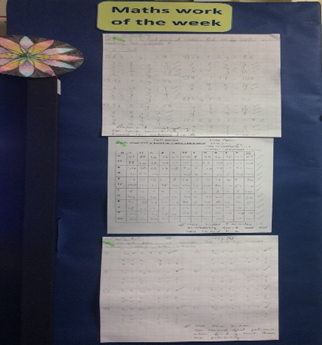
2. What would you see in the classroom?
There is a mathematics display in all classrooms that supports the learning being taught and a set of manipulatives for children to use as they need. We also use support packs as recommended by the Inclusion service to help make adaptions for particular children. Times Table Rock stars is used in Years 3 to 6 to support children in their learning of times tables.
Each day the children complete activities which review prior learning. New learning is then introduced with manipulatives and visual representation to support children in their understanding. Children work collaboratively and independently to practise skills. They also work with their teachers to mark and assess their work. We use ‘RAP time’ so children can address any errors and misconceptions, thus enabling our children to respond and progress.
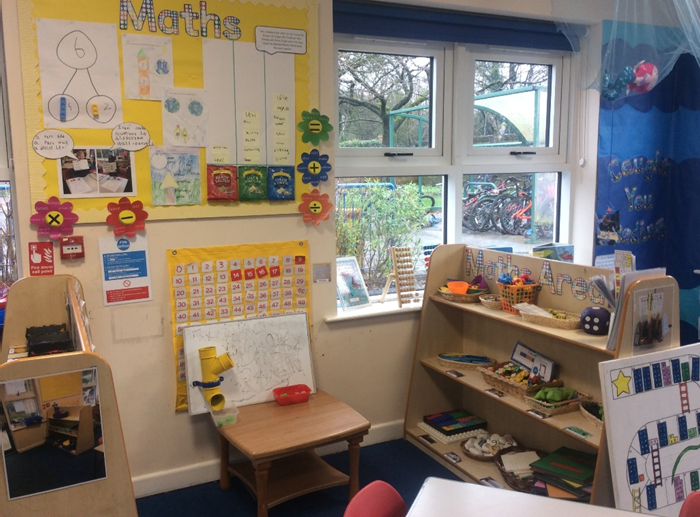
3. Challenge in the curriculum.
We aim to stretch and challenge all children so that they develop independence and confidence in Maths. We use the White Rose Maths Scheme of work from EYFS to Year 6 to provide continuity, to guide us with the small steps of learning and to ensure we are following the mastery approach so that all children:
- have a concrete understanding before moving on
- can understand and apply mathematics concepts
- can reason and problem solve
4. SEND and Inclusion.
At St Paul’s teaching and learning is adapted to meet the needs of all learners. This means that sometimes additional input may be given to some children prior to a lesson or that some children are given additional opportunities to practice or be part of a more focused group. All children are encouraged to use objects and pictures when being introduced to a new topic. At St Paul’s we recognise that some pupils, particularly those with SEND, may need to use these resources for longer, but with the aim that with scaffolding these children can begin to work in the abstract. The Stockport SEND standards are used to inform targets for individual learning plans or provision maps.
5. How do we know how children are doing? How do they know themselves?
At Paul’s C.E Primary School the teachers highlight the WALT (the lesson objective in a child’s workbook) as green, amber or pink depending on the success of the child in response to the challenge. The children also self-assess themselves at the end of a lesson. In Years 3 to 6 the teacher might also mark the work with the children to reinforce calculation strategies and discuss any misconceptions. The children are then given ‘RAP time’, an opportunity to respond and progress so that the children can answer mathematical questions successfully.
The children complete a Pre-assessment task at the beginning of any White Rose block and then complete a Post-assessment task at the end of a block of learning to identify the progression each child has made in their learning. This information is collected and continually updated by teachers and used to inform future teaching.
The Capita tracking system is used by teachers at the end of each term to record assessment judgements about each child that relate to each year groups expectations. We also use NFER end of term assessments when concluding the autumn and summer terms to assess what the children have learnt over the year and to identify any gaps for future learning. The NFER assessments provide an age standardised score.
The EYFS are assessed continually and at the end of the year against the early learning goals.
Our parents and families are informed about their child’s progress at two parents’ evenings and in an end of year report. They are informed as to whether their child is meeting the year group expectations and the next steps in their learning.
6. Cross-curricular and enrichment.
What are the Maths curriculum links in the wider curriculum?
To help embed the real life context of mathematics, we have made sure we provide meaningful opportunities to link maths throughout our broad and balanced curriculum. In History, children gain a sense of time, through looking at people and events in the past. Children develop a sense of chronology by using vocabulary relating to the passing of time and then plotting events on a timeline.
Within Science and Geography learning, there are strong links to statistics. Children hypothesise, gather and analyse data such as sorting categories into Venn and Carroll diagrams and recording data in bar charts and pie charts.
Outdoor opportunities to learn in Maths are possible when the weather is suitable and seen regularly during Forest School sessions and in EYFS.
